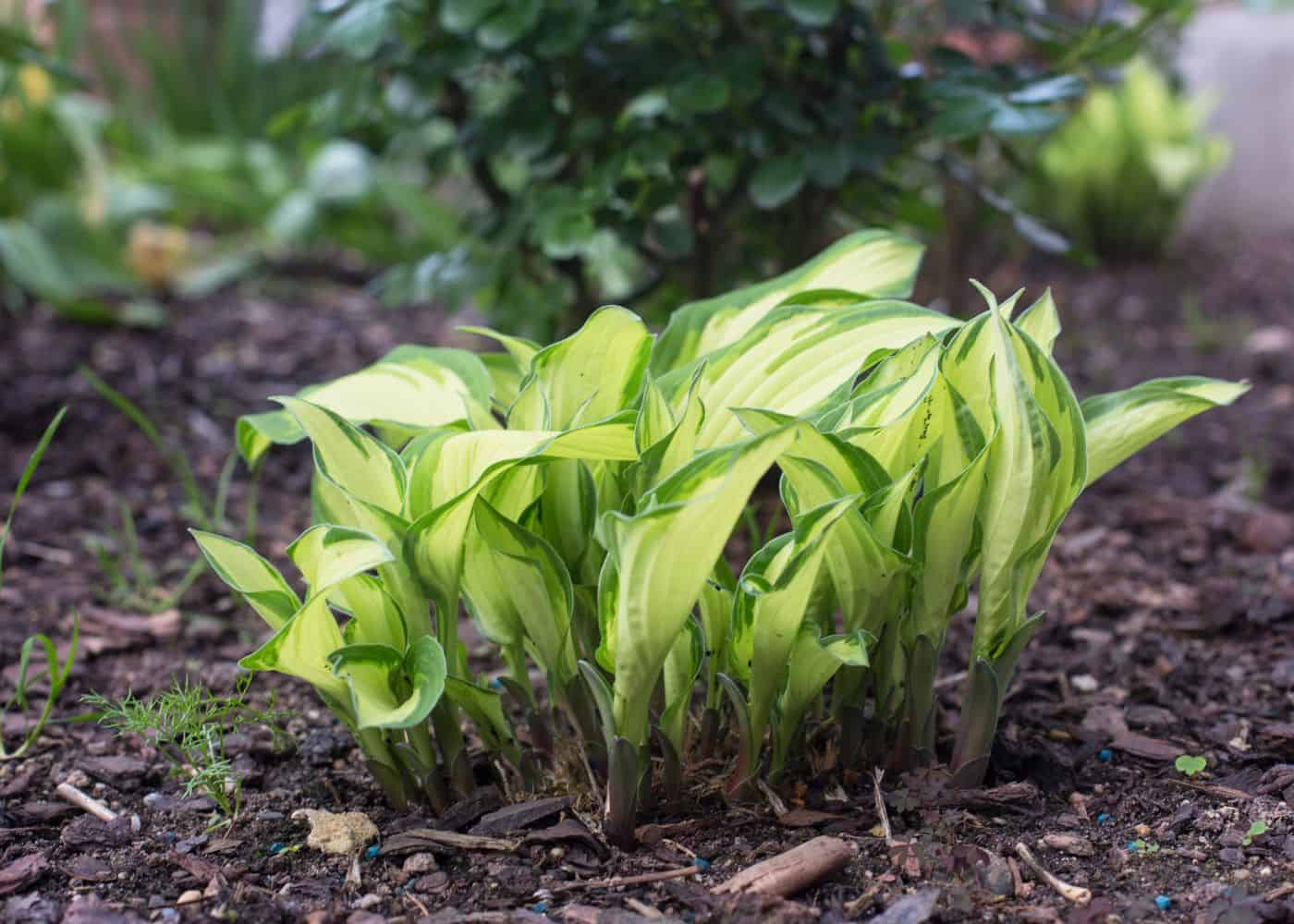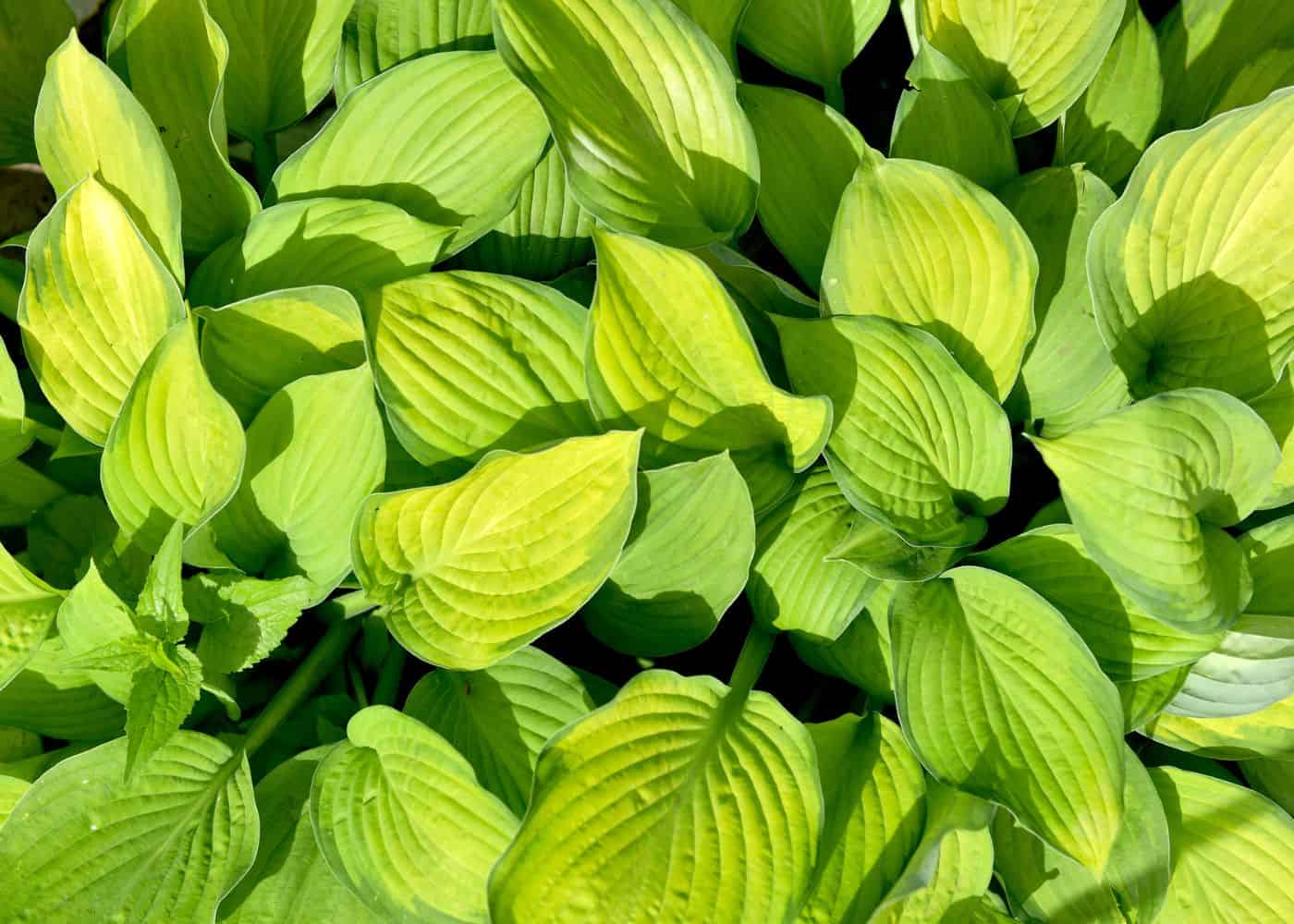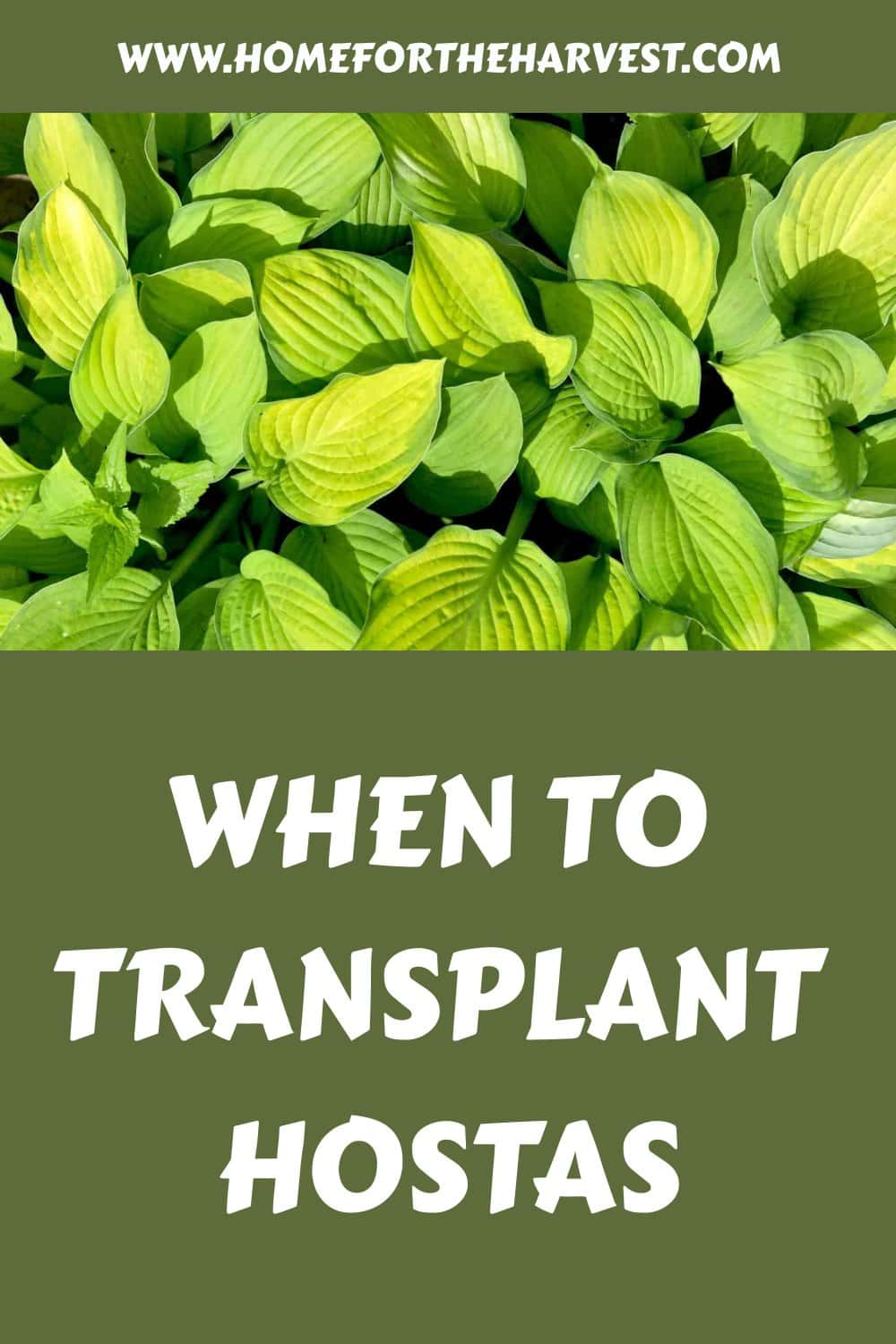The best time to transplant hostas is usually in the spring. A popular time to transplant them is mid-spring when the shoots of the plant are just emerging from the soil, and the plant has not yet leafed out. This is usually about six weeks after the ground has thawed (in areas where the ground freezes) but about a month before hot summertime temperatures arrive. That said, hostas can be transplanted any time of year, provided the ground is not frozen and the plants are kept well-watered.
When to transplant a hosta
Hostas are very tolerant of transplanting and can be transplanted any time of year (unless the ground is frozen). These hardy perennials are usually transplanted in the spring just as the shoots are emerging or right after the plant has leafed out in mid-spring. The soil has generally warmed enough at this time of year to allow for ample root growth after the hosta has been moved to its new location.
Hostas can also be transplanted in the summertime or in the fall. Try to do the transplanting before the first autumn frost arrives if possible. Early fall transplanting is generally most successful as the soil is still warm and optimal for root growth. Hostas are generally not transplanted in the winter unless they are growing in a location where the soil doesn’t freeze and the plant needs to be transplanted due to nearby construction or another disturbance.

Transplanting hostas in the spring
Spring is a wonderful time to transplant hostas. The soil is usually warm enough by this time of year to encourage root growth, but the temperatures are not yet too hot. This allows the hosta to put all its energy into growing new roots in its new location rather than expending energy on producing flowers and leaves.
While hostas can be transplanted anytime in the spring as long as the ground has thawed, they are most commonly transplanted just as the shoots emerge and are several inches long or right after the first spring flush of leaves.
Spring planting for hostas generally starts around six weeks after the ground has thawed (in regions where the ground freezes). If you are unsure when the ground has thawed, use a soil thermometer to check the temperature of the soil. The soil thermometer won’t go into frozen ground easily. The soil should be at least 45-50 degrees Fahrenheit (7-10 degrees Celsius) before transplanting hostas for the quickest root development.
Hostas can also be transplanted in late spring after the plant has leafed out. This is generally around a month before hot summertime temperatures arrive. The soil is warm enough at this time of year for successful transplanting, even for beginners.
Transplanting hostas in the summer
Summertime transplanting can be successful, but it’s more challenging than transplanting hostas in the spring or fall. The hot summer temperatures can stress the plant and cause it to wilt. It’s important to keep the plant well-watered both before and after transplanting to help reduce transplant shock.
That said, summertime transplanting can be successful if you take the proper precautions. The best time to transplant hostas in the summer is early morning or evening when the temperatures are cooler. Try to avoid hot, midday sun exposure when transplanting hostas in the summer.
Water the plant well a few hours before transplanting to help reduce stress. It’s also important to water the hosta immediately after transplanting and keep the soil moist (but not soggy) for several weeks. Add a layer of mulch around the base of the plant to help retain moisture in the soil.
Choose late summer planting over midsummer planting if possible, unless the hottest days of summer have passed. Hostas are surprisingly drought resistant, but only after the roots are well established, which usually takes a couple of years.
Transplanting hostas in the fall
Fall is an ideal time to transplant hostas as the soil is still warm, and the plant is beginning to go dormant for the winter. The cooler temperatures of autumn are also easier on the plant than the heat of summer.
As with summer transplanting, it’s essential to water the hosta well before and after transplanting. Try to do the transplanting at least four to six weeks before the average first fall frost date in your area. This gives the plant time to develop new roots and become established in its new location before winter arrives.
Mark newly transplanted hosta plants so you don’t accidentally dig them up when preparing the garden beds for spring planting. A simple stake with a flag or ribbon attached works well for this purpose.
Transplanting hostas in winter
Hostas can only be transplanted into outdoor soil during the winter if the ground is not frozen. Transplanting while the soil is cold is not optimal, but it can be done. The hosta may not react well, especially if the roots haven’t grown at all into the cold soil surrounding the planting hole. Repeated freeze-thaw cycles can also damage the roots. This is why it’s best to transplant hostas about six weeks before the first fall frost if possible.
If the ground is already frozen, wait until spring when the temperatures warm up and the ground thaws before transplanting. In the meantime, leave the hostas in their planter pots in a cool location.
Hostas can be transplanted into containers at any time of year, including winter. Containerized plants are less likely to experience transplant shock than those transplanted into cold outdoor soil. They should be allowed to experience some cool weather during the shortest days of the year, so don’t keep them indoors all winter. Potted hostas can be planted out into the garden in the spring.







